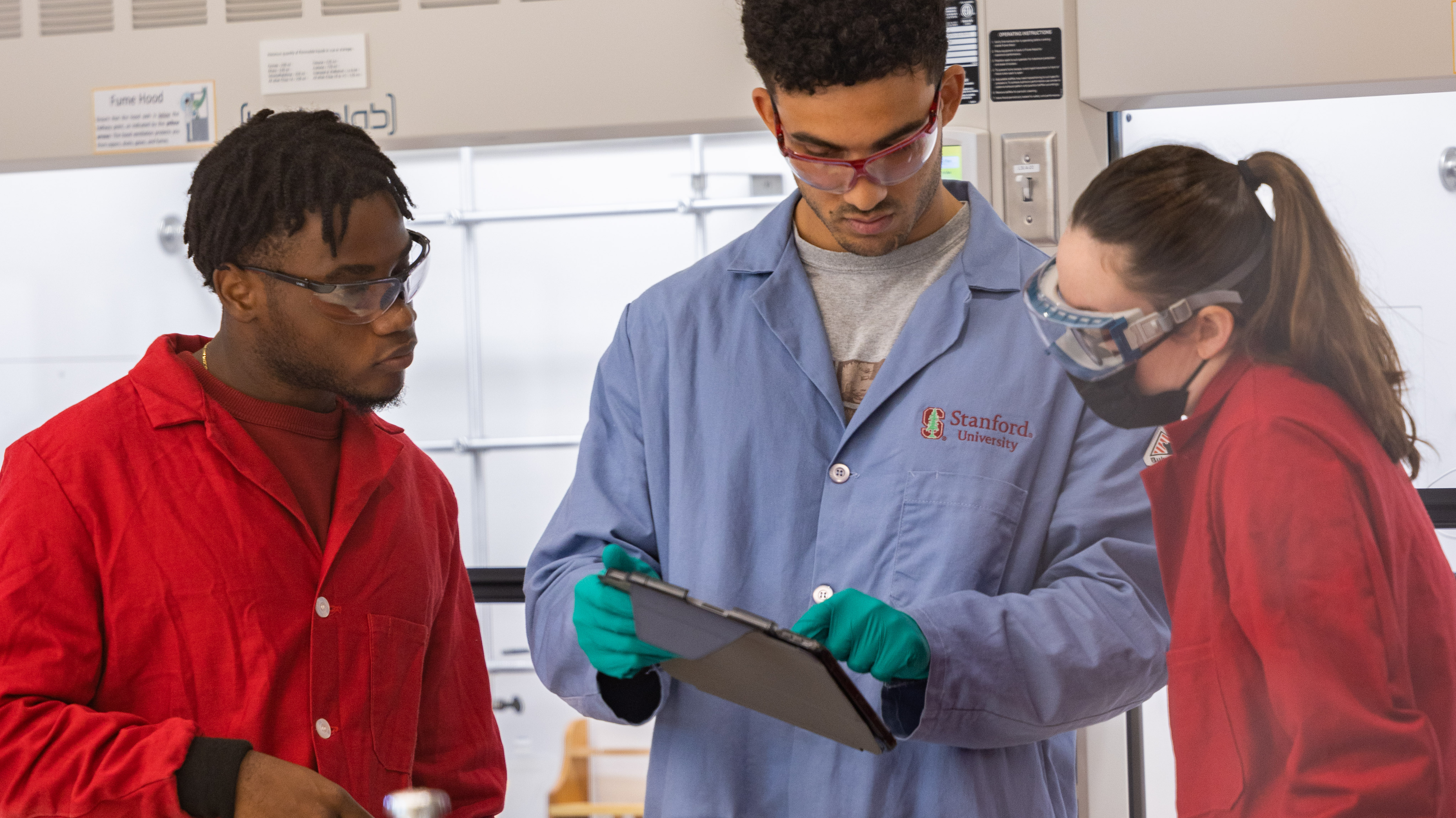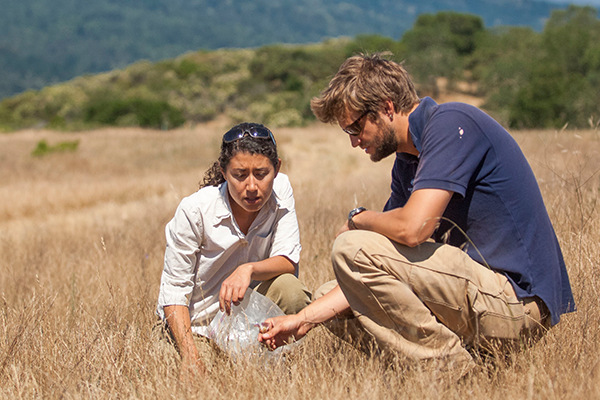The Interdisciplinary Science

Photo: Do Pham
This science district represents a nexus of research and teaching in the physical and life sciences and reflects how the core sciences are increasingly intertwined. Biologists, chemists, computer scientists, engineers, mathematicians, medical researchers, and statisticians work in close proximity and study diverse topics, from small particles to systems at grand scales. This has led to novel theoretical and experimental advances as well as new ways to develop materials, fight disease, and tackle ecological challenges. And the explosive expansion of computing capability — powering AI and enabling the collection and analysis of massive data sets — has only accelerated interdisciplinary endeavors that drive innovation.
For undergraduate and graduate students, this is a vibrant zone for science learning as well as research. Two anchors of this district are the Anne T. and Robert M. Bass Biology Research Building and the Sapp Center for Science Teaching and Learning, which have state-of-the art classrooms and labs that support hands-on learning and exploration.

A New Ecosystem
An interdisciplinary hub at the crossroads of the schools of Engineering and Humanities and Sciences, the Data Science and Computation Complex exemplifies our commitment to leveraging Stanford’s rich history of interdisciplinary interaction and breadth of expertise in data science and computation. The complex was built to foster a culture of collaboration, creativity, and innovation to address today’s most urgent issues and educate future leaders.

A Natural Laboratory
Located just five miles from Stanford’s main campus, Jasper Ridge Biological Preserve – ’Ootchamin ’Ooyakma’s 1,193 acres of protected nature provide an invaluable outdoor classroom for research and experiential education. The preserve acquaints students with leading ideas and research and teaches them how they are inextricably connected to their neighbors, to people from other parts of the world, and to natural systems on which human societies depend.

Creating New Knowledge
The Anne T. and Robert M. Bass Biology Research Building supports the Department of Biology’s mission to conduct leading foundational, blue-sky research; to develop interdisciplinary and innovative partnerships; and to train outstanding scientists. Featuring state-of-the art wet labs and dry labs as well as hybrid research spaces and communal spaces, the building houses scientists working on all the building blocks of life under one roof, fostering connections and sparking creativity.